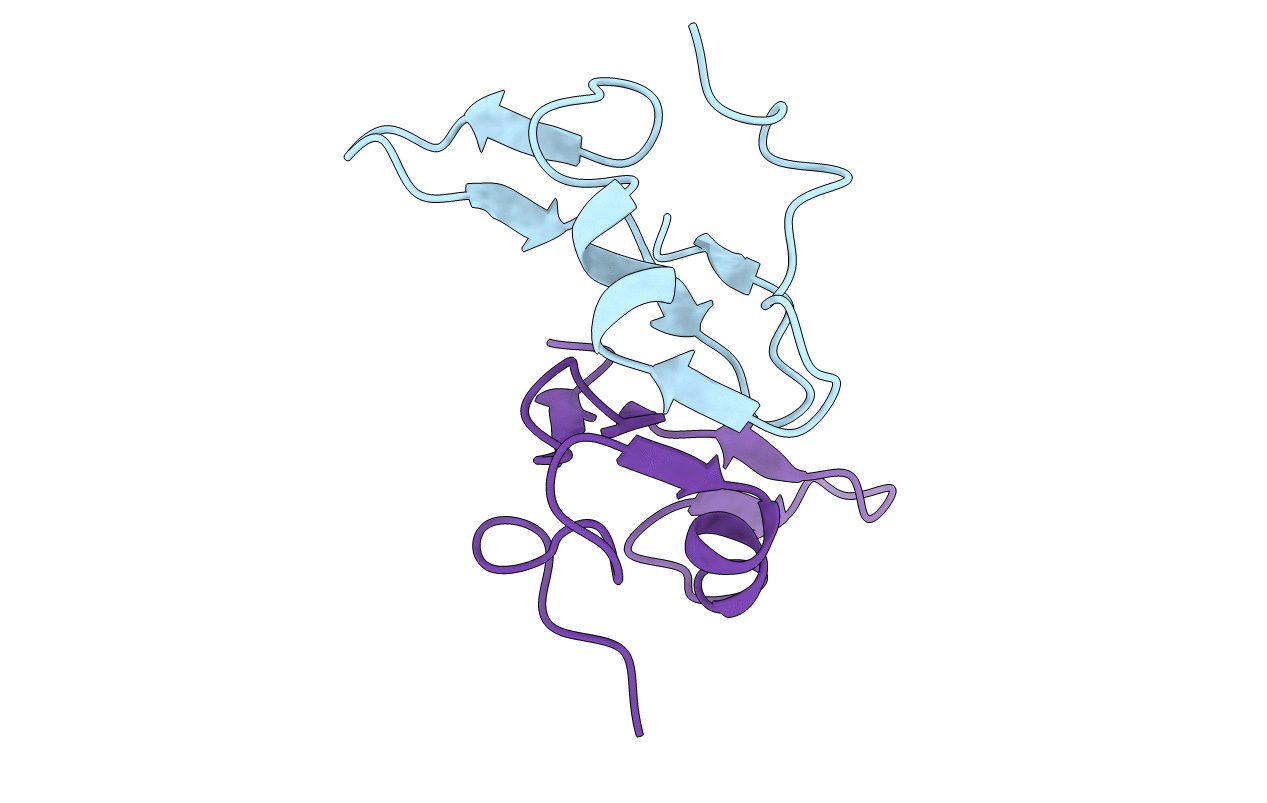
Deposition Date
2012-01-18
Release Date
2013-01-09
Last Version Date
2024-02-28
Entry Detail
PDB ID:
4DCZ
Keywords:
Title:
Crystal structure of a domain from a mycoplasma genitalium terminal organelle protein
Biological Source:
Source Organism:
Mycoplasma genitalium (Taxon ID: 243273)
Host Organism:
Method Details:
Experimental Method:
Resolution:
2.90 Å
R-Value Free:
0.26
R-Value Work:
0.20
R-Value Observed:
0.20
Space Group:
P 31 2 1


